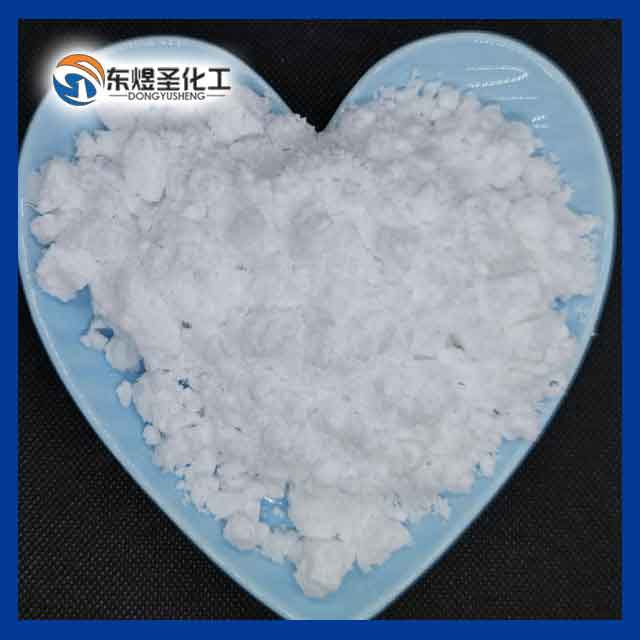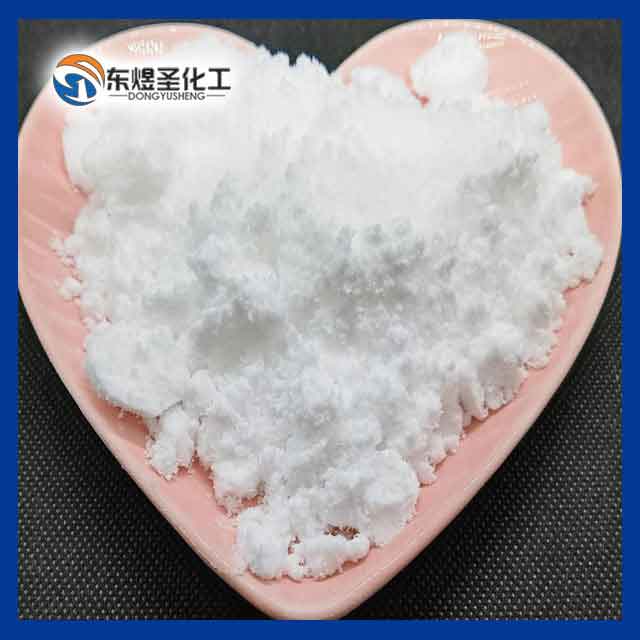Overview of basic knowledge of oil absorption value of filler powder
Overview of basic knowledge of oil absorption value of filler powder
1. The concept of oil absorption value of powder
The oil absorption value is also called the resin adsorption capacity, which represents an index of the resin absorption capacity of the filler. In practical applications, most fillers use oil absorption as an indicator to roughly predict the filler's demand for resin. For fillers with the same particles, the oil absorption value of filler particles with voids is higher than that of filler particles without voids, so the amount of fillers with a small amount of oil absorption in the resin can be increased. The oil absorption value is usually expressed in terms of the mass of linseed oil required for 100g of pigment. (% or g/100g). That is, the minimum amount of oil required to achieve complete wetting per 100g of pigment.
OA = amount of linseed oil/100g pigment
There are many factors that affect the oil absorption value of a powder, such as the compactness of its structure. At the same time, it is also related to its surface morphology and particle size distribution. The finer the pigment particles, the larger the surface area, the narrower the distribution, and the higher the oil absorption value. Cylindrical type has a higher oil absorption value than needle-shaped particles, and needle-shaped particles have higher oil absorption values than spherical particles because of the larger void ratio between them. In addition, the oil absorption value has a great relationship with the specific gravity of the powder. The larger the powder, the lower the oil absorption value
2. Determination method of oil absorption value
In 100g of pigment, add linseed oil drop by drop and mix it with a spatula at any time. When the oil is first added, the pigment is still in a loose state. With the continuous addition of linseed oil, all the pigments can be bonded together. Spherical, if you continue to add oil, the system will become thinner, and the amount of linseed oil used at this time is the oil absorption value of this pigment.
Summary: The oil absorption value has an important guiding significance for the selection of fillers, and it directly affects the cost and processing performance of the molding compound. The filler has a large oil absorption value and an increase in resin consumption, which virtually increases the cost. As the oil absorption value rises, the viscosity of the resin rises immediately, which will seriously affect its impregnation of fibers, and even change the rheological properties of the molding compound, making its molding process performance worse. In the coating industry, the oil absorption value is mainly used to estimate the amount of powder adsorbed on the resin, that is, the volume concentration of the pigment and resin in the coating (PVC). The oil absorption value of the powder has a greater impact on the performance of the coating film, and also has a greater impact on the viscosity of the coating during production. During the drying process of the coating film, the resin must not only completely cover the surface of the powder, but also fill the particles. When the oil absorption value of the powder is large, more resin is needed to complete these functions, so the oil absorption value of the powder is an important factor affecting the coating film. In order to reduce the hygroscopicity of the filler powder to the resin and increase the amount of filler used, the filler powder is usually surface treated. For example, the surface of calcium carbonate can be coated with a layer of fatty acid, resin, etc. This kind of surface-treated powder is also called modified powder.





